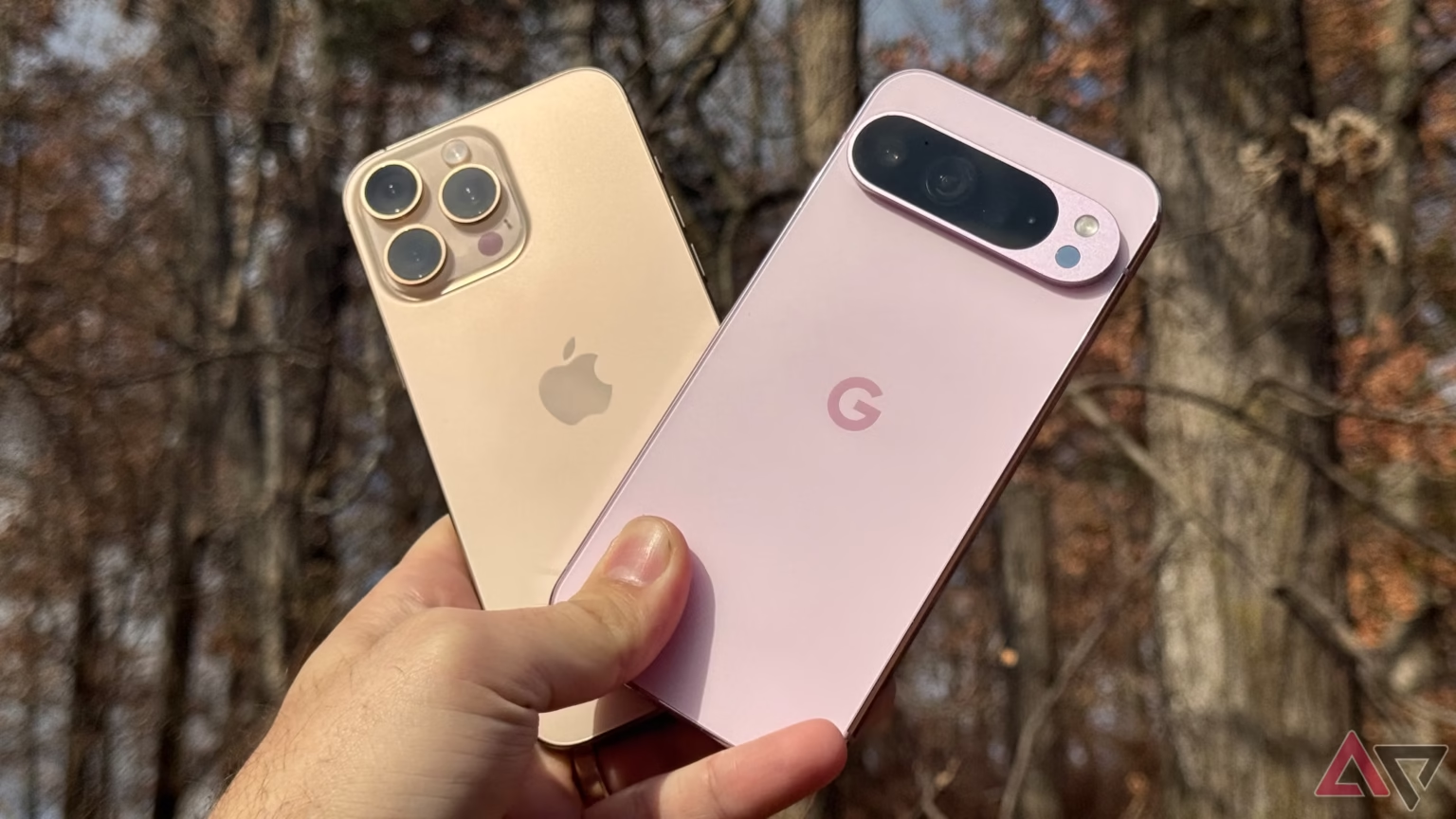In the highly competitive world of smartphones, understanding the cost to manufacture these advanced devices can offer insightful perspectives into pricing strategies and market positioning. The iPhone 16 Pro and Google Pixel 9 Pro are two premium devices leading the market. Interestingly, the cost to produce an iPhone 16 Pro is around RM2,511, nearly 30% more than Google’s Pixel 9 Pro. Let’s delve deeper into why this is the case.
Breakdown of the iPhone 16 Pro’s Production Costs
The iPhone 16 Pro is packed with high-end components and cutting-edge technology. Here’s a closer look at some of the main costs involved:
- A18 Bionic Chipset
The heart of the iPhone 16 Pro is its A18 Bionic chipset, which is estimated to cost around RM720. This advanced chip brings powerful performance and efficiency, making it one of the most expensive components. - OLED Display
The stunning OLED display, known for its vivid colors and deep blacks, adds approximately RM560 to the production cost. This component enhances the user experience significantly.
Breakdown of the Google Pixel 9 Pro’s Production Costs
The Google Pixel 9 Pro, while also a high-performance device, manages to keep its production costs lower. Here’s why:
- Tensor G4 Chipset
The Tensor G4 chipset, integral to the Pixel 9 Pro’s operations, costs around RM520. Although slightly less powerful than the A18, it is highly optimized for AI tasks and everyday use. - OLED Display
The Pixel 9 Pro also features an OLED display but at a lower cost of around RM450. This small difference highlights the subtle variations in display technology and suppliers used by the two companies.
Material and Design Costs
Apple is renowned for its premium build quality. The materials used in the iPhone 16 Pro, including aerospace-grade aluminum and ceramic shield glass, contribute significantly to its cost. These materials not only provide a luxurious feel but also enhance durability.
In contrast, Google opts for materials that strike a balance between quality and cost-effectiveness. This approach helps keep the production costs of the Pixel 9 Pro lower while still offering a premium user experience.
Advanced Features and Components
The iPhone 16 Pro includes several advanced features, such as:
- ProMotion Technology
This technology offers a smoother display experience with a 120Hz refresh rate, adding around RM150 to the cost. - LiDAR Scanner
The inclusion of a LiDAR scanner for enhanced augmented reality experiences and improved camera performance adds another RM120.
Manufacturing and Assembly
Apple’s stringent quality control and precision in manufacturing contribute to higher assembly costs. Each iPhone 16 Pro undergoes rigorous testing to ensure it meets Apple’s high standards. This meticulous process incurs additional costs.
Google, while maintaining high-quality standards, employs streamlined assembly processes that are slightly less costly. This efficiency helps reduce the overall production cost of the Pixel 9 Pro.
Supply Chain and Logistics
Apple’s extensive and intricate supply chain, which spans multiple countries, also adds to the cost. Ensuring a seamless supply of high-quality components involves significant logistics and coordination expenses.
Google’s supply chain, while efficient, is structured to minimize costs, contributing to the lower production expense of the Pixel 9 Pro.
Marketing and R&D Expenses
Both companies invest heavily in marketing and research and development (R&D). However, Apple’s marketing campaigns are often more expansive, reflecting in higher costs. The innovation seen in the iPhone 16 Pro’s features also stems from substantial R&D investment.
Google’s marketing strategies, although effective, are more cost-conscious. The company focuses on leveraging its ecosystem and technological advancements in AI to attract consumers.
Consumer Perception and Pricing Strategy
Apple positions the iPhone 16 Pro as a premium product, justifying its higher cost with unparalleled performance, innovative features, and superior build quality. This strategy allows Apple to maintain higher profit margins.
Google, on the other hand, offers the Pixel 9 Pro at a more competitive price point. The lower production cost allows Google to target a broader market segment without compromising on key features.
Conclusion
Understanding the production costs of the iPhone 16 Pro and Google Pixel 9 Pro provides valuable insights into their market strategies. The iPhone 16 Pro, with its higher production cost of RM2,511, reflects Apple’s commitment to delivering premium quality and advanced technology. In contrast, the Pixel 9 Pro’s cost-effective production approach allows Google to offer a competitive, high-performance device. As consumers, we benefit from these different approaches, getting to choose between luxurious innovation and cost-effective efficiency.
Would you like to add or modify any sections?

